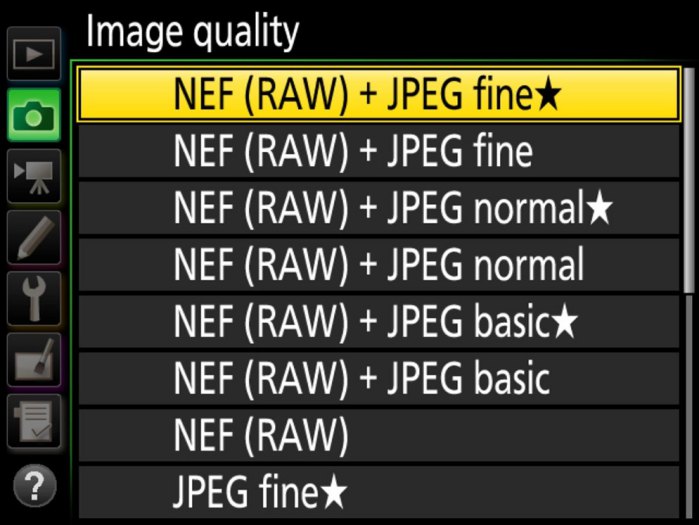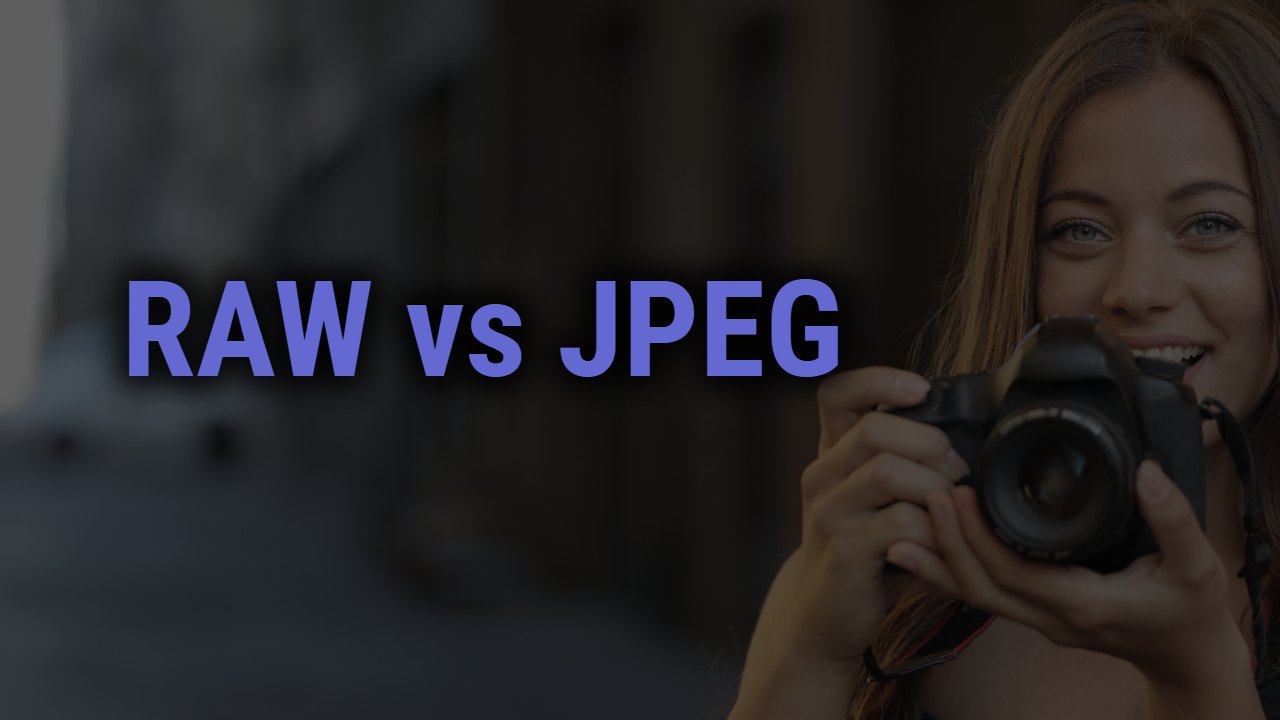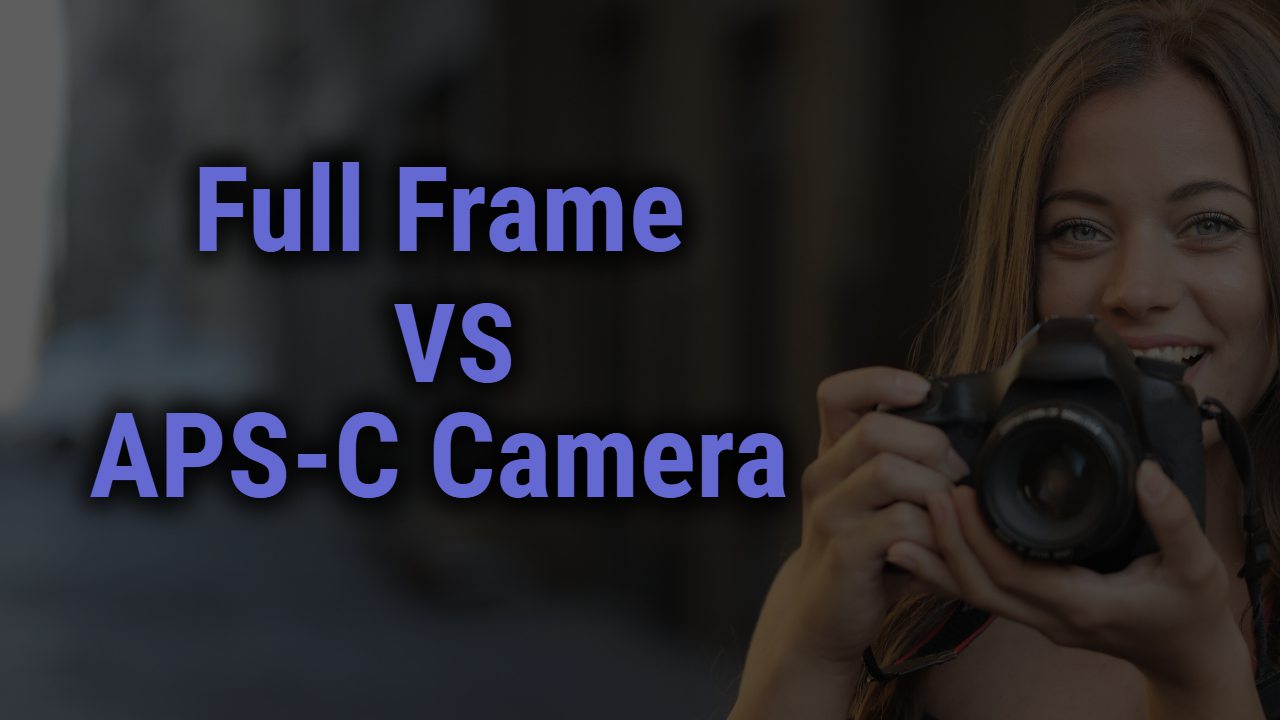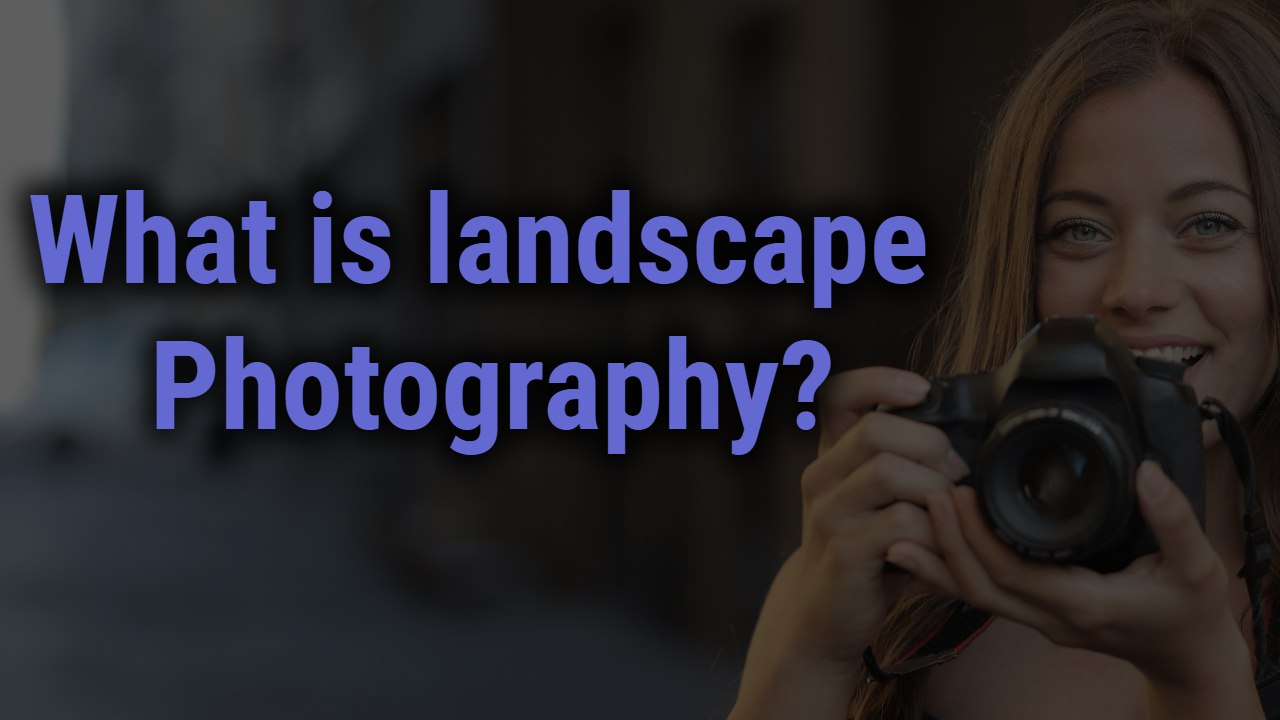Photography is an art: an art that is mastered by learning and practice. There are numerous photography styles one should know in the first place, and lots of them have been crucially debated topics for years; Topic like Raw or JPEG, which is best? Which is convenient to shoot, and which one is better for storage? Which of them is convenient, or is it all just about file format? Let’s examine and study both their strengths, weaknesses, potential, creativity, and much more, including their differences.
Well, let me tell you one thing, Raw and JPEG images are entirely different from one another in almost every aspect. Forming a thorough understanding of these two image formats, let’s make things easiest for you, clarifying clouds of doubt and giving you their differences insight once in for all. Let’s start
This Post Contains
RAW vs. JPEG? Know More
Mobile phones and cameras, all shooting devices almost have the option of shooting RAW, JPEG, or both; But how do you know which one is best to shoot or store?
Both RAWs and JPEG images have different work; let’s study their in-depth comparison, functionalities, advantages, and limitations individually so that we will find the better one.

What is the Raw Image format?
Signifying the name, RAW images are raw and uncooked; It’s a type of image that usually contains unprocessed data captured from the image sensor and presented as it is. In simpler words, it’s just a digital image file that is stored on the memory card.
Unlike the other image format, it doesn’t stand for anything; it is just written capitalized to bestow the actual meaning of the word “Uncooked.” The RAW files have superior color, better highlights and shadow recovery ability, wider dynamic range, and precise details.
Technical Definition– In technical terms, RAW is unprocessed data gotten from the camera; it has all the preserved details within lossless compression that can be processed later to form a proper image. RAW files are proprietary formatted files that are limited to a specific model and need different software to open and work on them.
Non-Technical definition– In non-technical terms, RAW is unprepared and uncooked food that needs to be cooked before consumption. Now with the uncooked ingredient, you can make any of the dishes you require without any prohibition to creativity.
Extension– The RAW files have their definite extensions like CR2 or CR3(Canon), NEF(Nikon), and SRF or SR2 (Sony)
When to shoot– These are best to shoot landscape photography, HDR photography, difficult lighting or fine art photography, and large format painting scenarios.
Advantages
More details– Since it’s the unprocessed captures, all the visual information is vividly accessible metadata, so you can review the basic settings like ISO and exposure any time you come.
Higher-dynamic range– This image format usually has a wide dynamic range so that there won’t be any low-quality effect post-processing.
High-quality image– No details are added or removed from the RAW files, so it has a better quality to work on.
Increased essential settings– The RAW files have increased brightness level and color range availability.
Better image files– Even with the higher size, the RAW format is designed for professionals; they can be turned into the standard format.
Drawbacks
Un-processed– It is unprocessed, so you will need to convert it into JPEG or need additional software to view
Bigger Size– These are not compressed, which means they are large in size and secure more space in memory
Slow performing speed– Problematic in taking continuous or quickest shots due to the buffering rate
What is a JPEG image Format?
JPEG stands for the Joint Photographic Expert Group, a group that invented this specific type of convenient image format in the year 1992. It’s a standard image file that is accessible to almost every program and browser.
The JPEG is the processed version of the image that has been altered, including compressed, sharpened, enhanced saturation, and contrast presented as perfect. It is vastly used because of its convenience; it can be easily captured and shared as a normal digital image over phones and laptops.
Technical Definition– The JPEG format is the completely finished image; Straightforwardly, the camera is characterized to pre-process these files. It takes the RAW file details and alters its saturation, contrast, vibrance, and other required details and presents them in the smallest size format.
Non-Technical Definition – Think of this as an already cooked delicious dish on the menu card; it has the best taste, with almost no involvement. But its creativity and flexibility are limited since it is a single dish, and it cannot go back to the way before alternation.
Extension– JPEGs are the most common image formats that have the common extension of jpeg or jpg.
When to shoot– The JPEG format can be shot during action photography, event photography, sports photography, wildlife, or everyday photography.
Advantages
Easy compatibility– Easy compatible with any modern digital device and can be viewed from anywhere, anytime
Quickly shareable– You won’t require any alteration or processing; you can share the image right away.
Smaller File size– They have a relatively small file size, saving you more space on the card and enhancing the buffering rate.
Pre-processing– Effective image processing is already done for you; you don’t need to add white balance, saturation, sharpening, or color space.
Drawbacks
Loss of details– Some severe loss in the photos because of the lossy compression details and pre-processing.
Limited creativity– by limiting colors, sharpness, and compression, which are processed at the time of filming.
Lower Dynamic Range– Have the lowest dynamic range, so the reduction in quality, pixel, and sometimes affected by noise.
Why shoot in RAW Image format?
The answer is simplest; professional photographers usually prefer shooting in RAW format because it has better image quality. This is done because shooting in RAW has the potential to enhance the camera capabilities and lead to better quality imagery. They have the ability to lend better editing because they do have broad room for correction, which states increased control over color correctness, digital negative, wider dynamic range, and much more; overall, it’s professional.
Why shoot in JPEG image format?
The most significant point is that JPEG images are full-processed images, unlike RAW; they are easiest and less stressful to shoot and can be used conveniently for regular shooting. Shooting in JPEG doesn’t have a tendency to cost a bit higher, so yeah, they are a fine option. The main reason why people refer to shooting in JPEG is that it does provide a final sigh feeling with every shot; you don’t need to spend hours filming and editing, and the color, contrast, and skin tone all look better.
A basic comparison of RAW and JPEG image formats on different factor
By now, you might have a strong understanding of these two image file formats; let’s analyze them both, comparing some dominant photography factors.
Noise– JPEG images have been indulged with additional noise reduction, which means they are less noisy than RAW; Accordingly, the professionalism factor, more noise means more sharpness, more details, and less artificialness.
Sharpness– JPEG again wins with the slightest increased sharpness level in the footage because they have gone through the sharpening alteration. But RAW images can achieve more sharpness after the modification because their unprocessed enhanced details have clarity.
Exposure– Pictures with under-exposure and overexposure status have exclusive benefits with the RAW image because they can be almost fully recovered or managed without losing the image, while JPEG cannot fulfill the duties of managing the same.
Brightness– Its crystal clear, JPEG format images are likely to have the most significant amount of brightness, contrast, and eventual exposure than RAW because they are pre-processed.
Post-Production Editing– RAW images are attainable to be used in post-production editing because it does have a series of metadata; JPEG images have almost no data that can be altered or modified, which is a negative point if you need additional editing.
Dynamic Range– The RAW images pull out a higher dynamic range and the greatest compatibility to recover and manage the color and details, which cannot be said same for the JPEG file.
File storage– JPEG is the compressed version which subjectifies that it has the lowest storage size and they are pretty easy to back up; while the RAW images are heavy in size and difficult to backup and share, the RAW files are standard with the highest pixel that is considered to be professional.
Which is best?
It’s simple if you are professional and looking into some serious photography stuff, blindly go for the RAW image format, the one with the high-dynamic range, enhanced clarity and highest quality, better post-production ability, and super standard format.
While you can opt for JPEG for a regular hobby like shooting because of their convenience, ease of sharing, least storing, and pre-processed factor.
Final words
What does it matter to either shoot in RAW or JPEG format? Every newbie photographer has such thoughts, but the answer is a lot. Shooting in RAW or JPEG is different, ranging around the comfortability factor, the storage aspect, the quality, or even the after-production working.
Hopefully, this time you have all of the answers, no more struggling, and chaos in between.
So ideally, both these formats are best to shoot, but distinctly which generally relies on the photography style you are planning to shoot or how crucial the image will be for you.
Just remember shooting in the right format may enhance your efficiency, ease your workflow and enhance your skill to impress professional clients with magnificent imagery. So, what now, gear up and start shooting and reviewing all the precise points we mentioned about these two formats. Go now!




